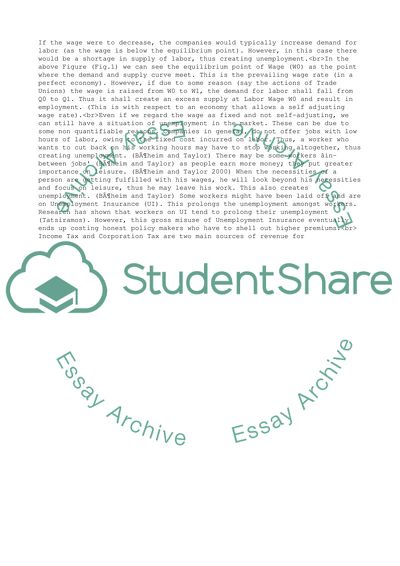Cite this document
(Economics and Business of Insurance Assignment Example | Topics and Well Written Essays - 2000 words, n.d.)
Economics and Business of Insurance Assignment Example | Topics and Well Written Essays - 2000 words. https://studentshare.org/business/1811751-economics-and-business-of-insurance
Economics and Business of Insurance Assignment Example | Topics and Well Written Essays - 2000 words. https://studentshare.org/business/1811751-economics-and-business-of-insurance
(Economics and Business of Insurance Assignment Example | Topics and Well Written Essays - 2000 Words)
Economics and Business of Insurance Assignment Example | Topics and Well Written Essays - 2000 Words. https://studentshare.org/business/1811751-economics-and-business-of-insurance.
Economics and Business of Insurance Assignment Example | Topics and Well Written Essays - 2000 Words. https://studentshare.org/business/1811751-economics-and-business-of-insurance.
“Economics and Business of Insurance Assignment Example | Topics and Well Written Essays - 2000 Words”. https://studentshare.org/business/1811751-economics-and-business-of-insurance.


